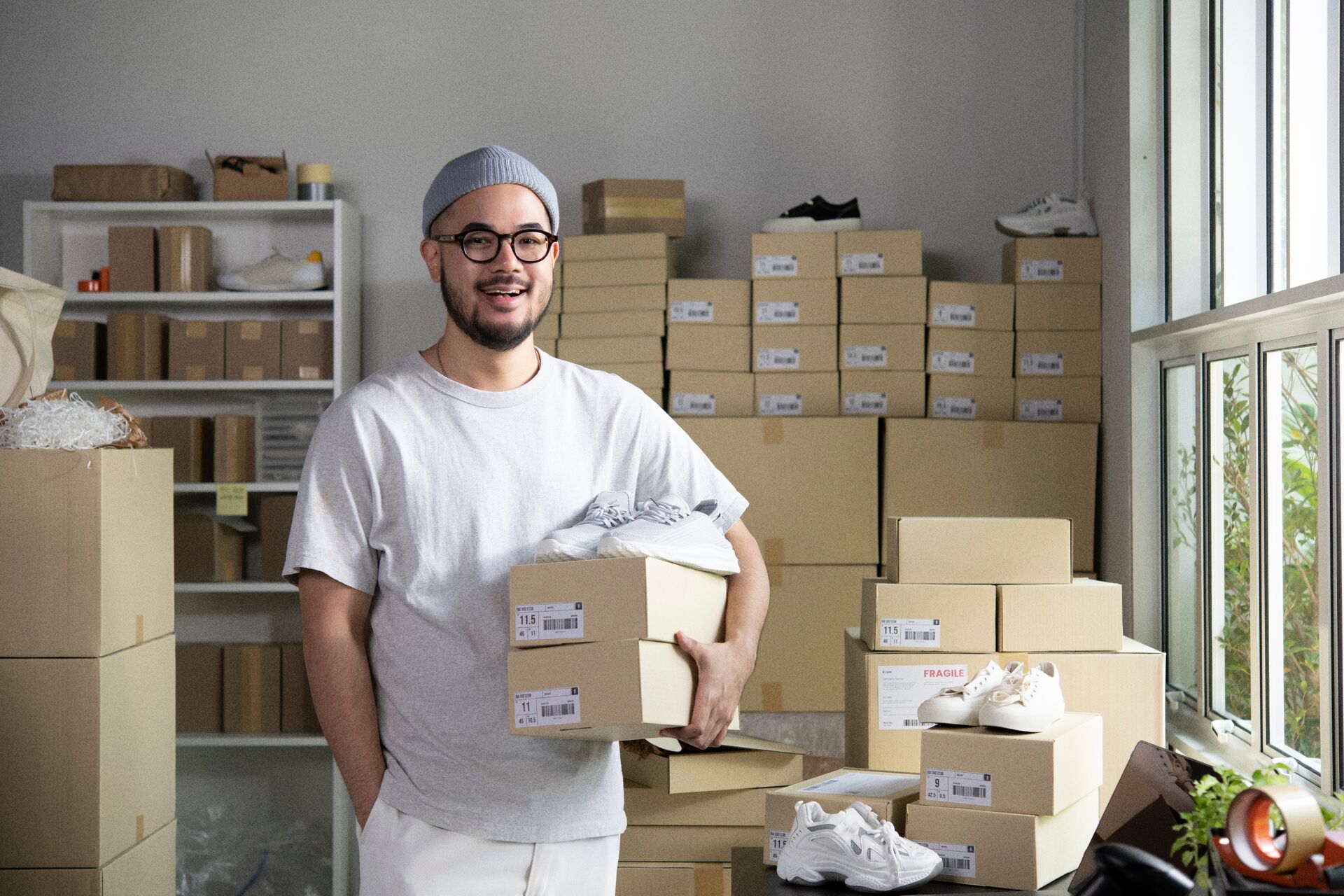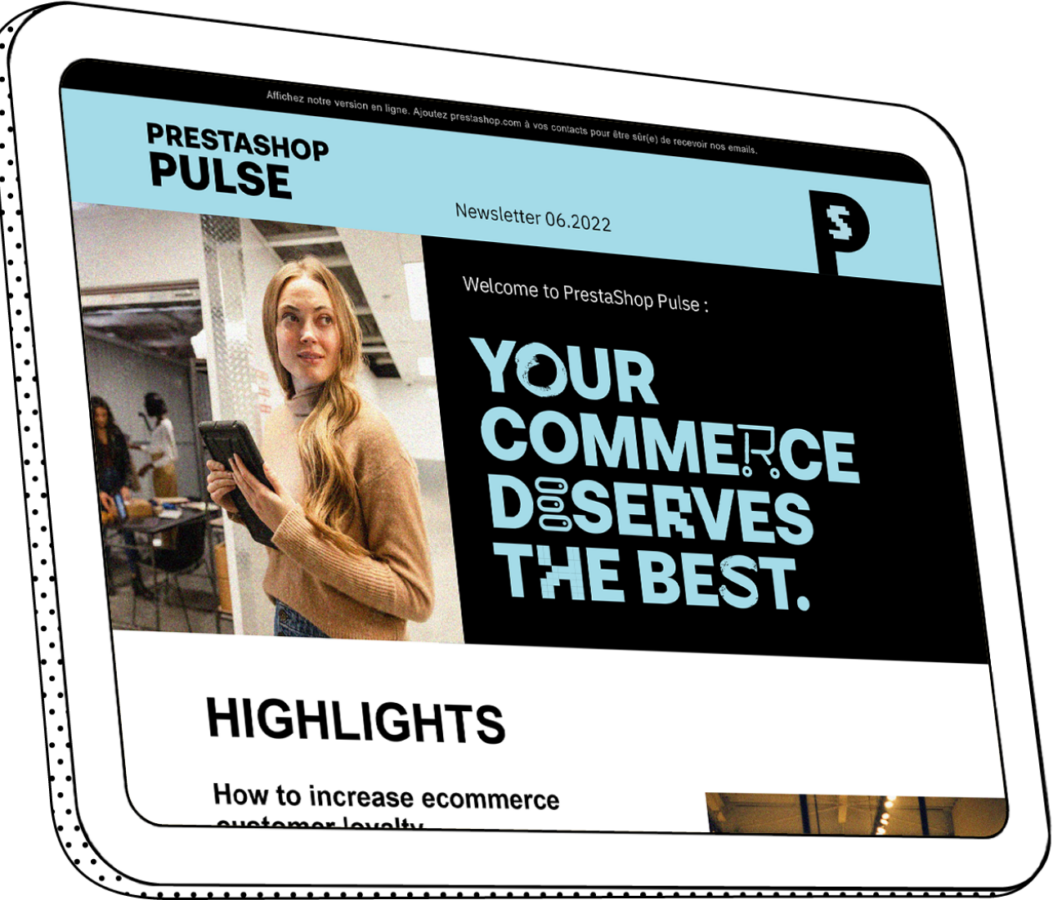
Black Friday 2025: what to expect this year
Black Friday is back. A cornerstone of the global retail calendar, it marks the start of the holiday shopping season and drives both consumers and brands into action. What used to be a single day of discounts has become a multi-week campaign, often starting in early November and stretching beyond Cyber Week. In 2025, Black Friday falls on Friday, November 28, followed by Cyber Monday on December 1.
In a world facing economic uncertainty, tighter regulations, and fiercer competition, retailers are refining their promotional playbooks. The result: a longer, better structured, and more digital sales season.
Mobile commerce, buy now pay later, and the rise of AI-driven shopping experiences are reshaping this retail moment without diminishing its appeal.
A solid and confident European ecommerce market
Online retail keeps growing across Europe. According to the European E-commerce Report 2025, B2C ecommerce sales reached €819 billion in 2024, up 7% year over year. In France, Fevad reported €175.3 billion (+9.6%), with a record 41.6 million online buyers. The momentum continues in 2025, with a 7.9% increase during the first half of the year.
In short, Black Friday 2025 opens in a climate of renewed confidence. On a mature market, shoppers are more deliberate, and retailers manage profitability with greater precision.
A longer, better-controlled promotional period
Black Friday is no longer a sprint. It’s a commercial marathon lasting four to six weeks. Retailers have learned to pace their offers — pre-sales, main week, and post-event extensions — instead of compressing everything into one day. The result is a more balanced campaign, carefully planned operations, and a smoother shopping experience for customers.
Mobile is now the leading entry point for online shopping. According to AppsFlyer (via The Media Leader), Black Friday 2024 saw a 112% jump in app purchases compared to average November Fridays. Smartphones sit at the center of the buying journey, and their influence will keep growing in 2025, supported by faster, more personalized experiences.
Buy now pay later has become a mainstream payment habit. The WorldPay Global Payments Report 2024 shows it represents about 9% of European ecommerce transactions, and it keeps rising. Consumers appreciate its flexibility, and merchants embrace it to ease purchase barriers. BNPL adoption will keep climbing in 2025, led by younger generations.
The big change for 2025 is the growing role of artificial intelligence. Shoppers increasingly rely on smart assistants and recommendation tools to compare products, uncover deals, and refine choices. AI is becoming a key player, shaping product visibility and driving purchase decisions.
Consumers are more demanding and better prepared
Inflation has permanently changed shopping behavior. Consumers compare prices more closely, monitor deals, and plan their holiday shopping with more discipline.
According to Klaviyo’s BFCM 2025 forecast, 77% of consumers plan to spend as much or more than last year — a strong sign of resilience despite the economy. But this willingness to buy comes with higher expectations: shoppers want real value, clear and relevant offers, and transparent pricing before they commit.
How to prepare for Black Friday 2025
1. Plan your calendar
Black Friday now spans an entire month. Structure your strategy in three stages:
- Early November teasing to build anticipation
- Peak offers around November 28
- Extensions over the weekend and Cyber Monday
Fewer, better-targeted deals outperform scattered discounts. Shoppers reward clarity and consistency.
2. Highlight your hero products
Identify your top sellers and center your campaigns on them. They draw attention, but it’s the complementary items that drive margin. Promote your differentiators too: fast delivery, click and collect, easy returns.
3. Stay transparent and compliant
Follow the 30-day rule on reference pricing. Shoppers want genuine promotions: fair prices, clear messaging, and no exaggerated promises. Trust remains the strongest conversion driver.
4. Simplify the buying experience
On mobile or desktop, make the journey seamless: clear product pages, frictionless payments, precise info on stock and delivery. More than half of sales will come from mobile. Test everything.
5. Anticipate logistics and returns
Get your inventory, teams, and carriers ready. Winning Black Friday depends on operational agility. Paid returns are becoming common in fashion, but transparency is key. Offer free returns in-store or through drop-off points to build confidence.
In short: a smarter Black Friday
Black Friday 2025 will remain essential, but more measured. Consumers still spend, but with sharper intent: they look for relevant deals, reliable service, and brands they trust.
Success in 2025 won’t come from aggressive discounting. It will come from building a shopping experience that’s clear, coherent, and controlled — one that matches how people actually shop today.





